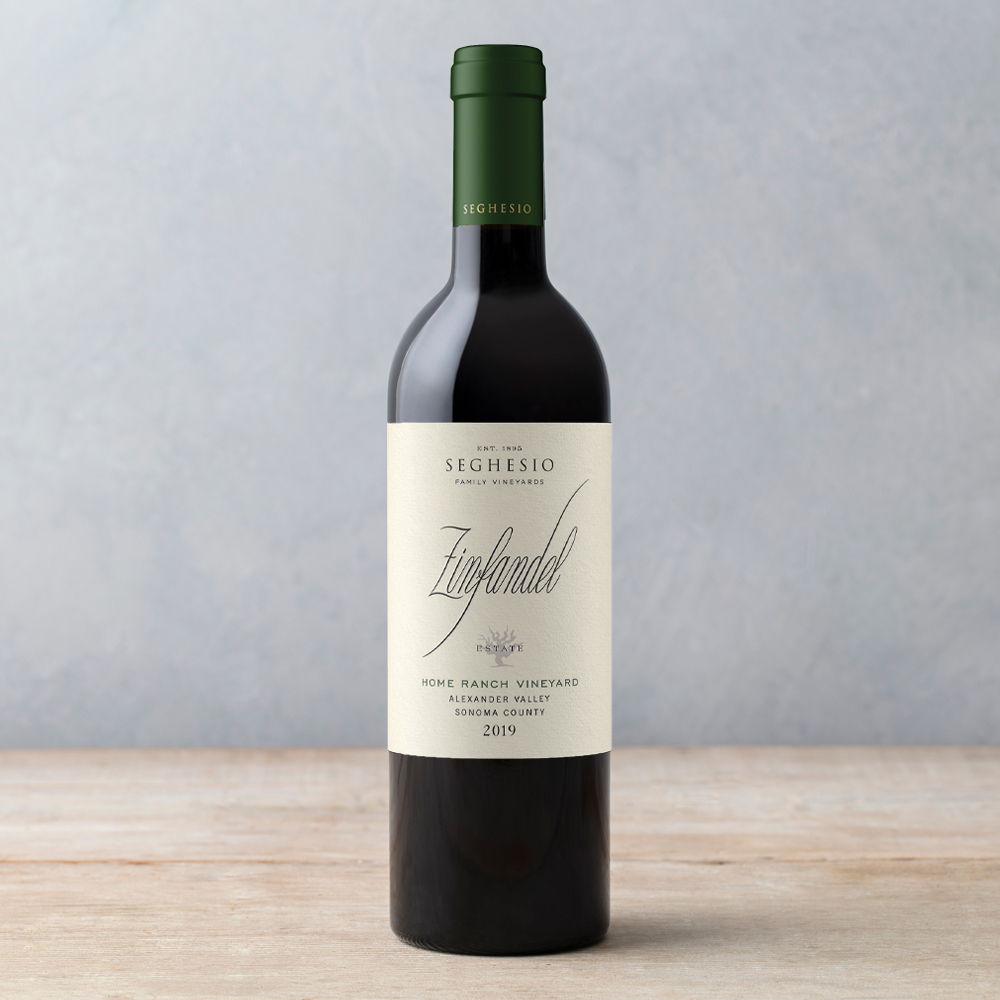 |
| Hop yard with climbers |
In 1840, Cyrus Alexander headed west from his home in Illinois to set down roots in northern California. He settled in a broad valley by a river, hoping to continue in his trade as a trapper. But farming was more important in the valley, so by 1843, Alexander had joined the local farming community.
Cyrus Alexander became a leader in the small growing community, a move that was recognized when the valley was named in his honor. Farming in the mid-19th century, in what would become Sonoma County, was mostly row crops. Prune orchards and hop yards were added, and up to the 1960s, were the major agriculture in the Alexander Valley.
The transition to vineyards, mainly to support bulk wine production, came later. By the early 1970s, hops had mostly disappeared from the crop mix and prunes gave way to vines, a sign of the new reality that would help slake Americans growing thirst for wine.
These
were early years for wine in Alexander Valley. Jug wine and bulk wine
were the first wines to build a core for the wine business. Varietal
wines, mainly Cabernet Sauvignon and Merlot, were poised to bring fame
to Alexander Valley.
As vineyards spread across the bench lands east of the Russian River, wineries got busy transforming grape juice into wine. With one eye on vineyard soils and climate, and the other on the growing consumer demand for wine, growers planted more red grapes.
The change to the modern era of wine making in the valley began in the early years of the 1970s, with the resurrection of Simi Winery and the arrival of Jordan Vineyard & Winery.
The ocher colored Jordan winery building, designed to appeal to Francophiles, Tom and Sally Jordan, at first produced, in Bordeaux fashion, only an Alexander Valley Cabernet Sauvignon, later adding a textured, weighty Chardonnay.
Alexander Valley's warm climate is well suited to Cabernet Sauvignon and Merlot, planted in hillside vineyards and flatter valley floor. A singular distinction occurred with the 1974 vintage when Rodney Strong Vineyards bottled the valley's first single vineyard Cabernet Sauvignon from Alexander's Crown near Jimtown.
In
the mid-1960s, Robert Young, on the advice of UC Davis, planted
Cabernet Sauvignon and Chardonnay, positioning Robert Young Vineyards as
one of the most valued wine grape growers in the state. Word of
Young's success soon spread to other wineries including Chateau St.
Jean.
Alexander Valley Cabernet leans toward a harmonious blend of herbs and black fruits, backed with nicely integrated fine tannins. Alexander Valley Merlot is decidedly fruit driven, with plenty of natural acidity.
 |
| Seghesio Home Ranch Vineyard |
Zinfandel is Alexander Valley's other red that attracts Zin fans everywhere. One of the top Alexander Valley Zins is the Seghesio Home Ranch Vineyard, an old-vine Zinfandel that plays off of the Seghesio's Italian heritage. The Home Ranch is one of a dozen Zinfandels from Seghesio.
Ridge Vineyards, a winery with a long history of storied Zinfandels, has an impressive collection of 17 Zins, four of them from Alexander Valley, including Buchigani Ranch, Boatman, Stone Ranch and the iconic Ridge Geyserville.
Chardonnay, on the other hand, benefits from cooler conditions along the Russian River and around Jimtown, the small spot famous not only for neighboring vineyards but also the Jimtown store, where you're likely to see local wine people picking up a sandwich. The Chardonnay from this area is lean with tropical fruit notes.
There are more than two dozen wineries in Alexander Valley. Here are 12 worth consideration: Alexander Valley Vineyards, deLorimer Winery, Ferrari-Carano Winery, Francis Ford Coppola Winery, Jordan Vineyard & Winery, Lampson Family Wines, Lancaster Estate, Robert Young Estate Winery, Rodney Strong Vineyards, Silver Oak, Stonestreet Estate Vineyards, Trentadue Winery.
Next post: Wine & Wood
Leave a comment at boydvino707@gmail.com



No comments:
Post a Comment
Note: Only a member of this blog may post a comment.